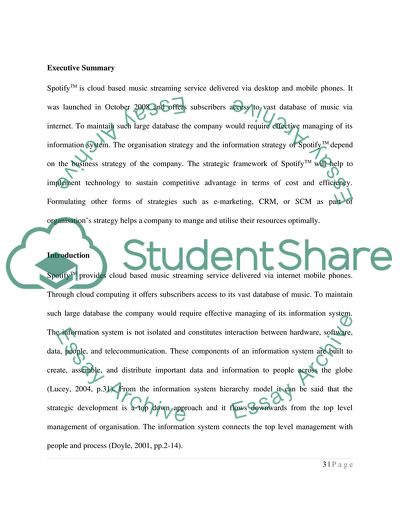Cite this document
(Spotify Essay Example | Topics and Well Written Essays - 2000 words - 5, n.d.)
Spotify Essay Example | Topics and Well Written Essays - 2000 words - 5. https://studentshare.org/e-commerce/1798388-spotify
Spotify Essay Example | Topics and Well Written Essays - 2000 words - 5. https://studentshare.org/e-commerce/1798388-spotify
(Spotify Essay Example | Topics and Well Written Essays - 2000 Words - 5)
Spotify Essay Example | Topics and Well Written Essays - 2000 Words - 5. https://studentshare.org/e-commerce/1798388-spotify.
Spotify Essay Example | Topics and Well Written Essays - 2000 Words - 5. https://studentshare.org/e-commerce/1798388-spotify.
“Spotify Essay Example | Topics and Well Written Essays - 2000 Words - 5”. https://studentshare.org/e-commerce/1798388-spotify.


